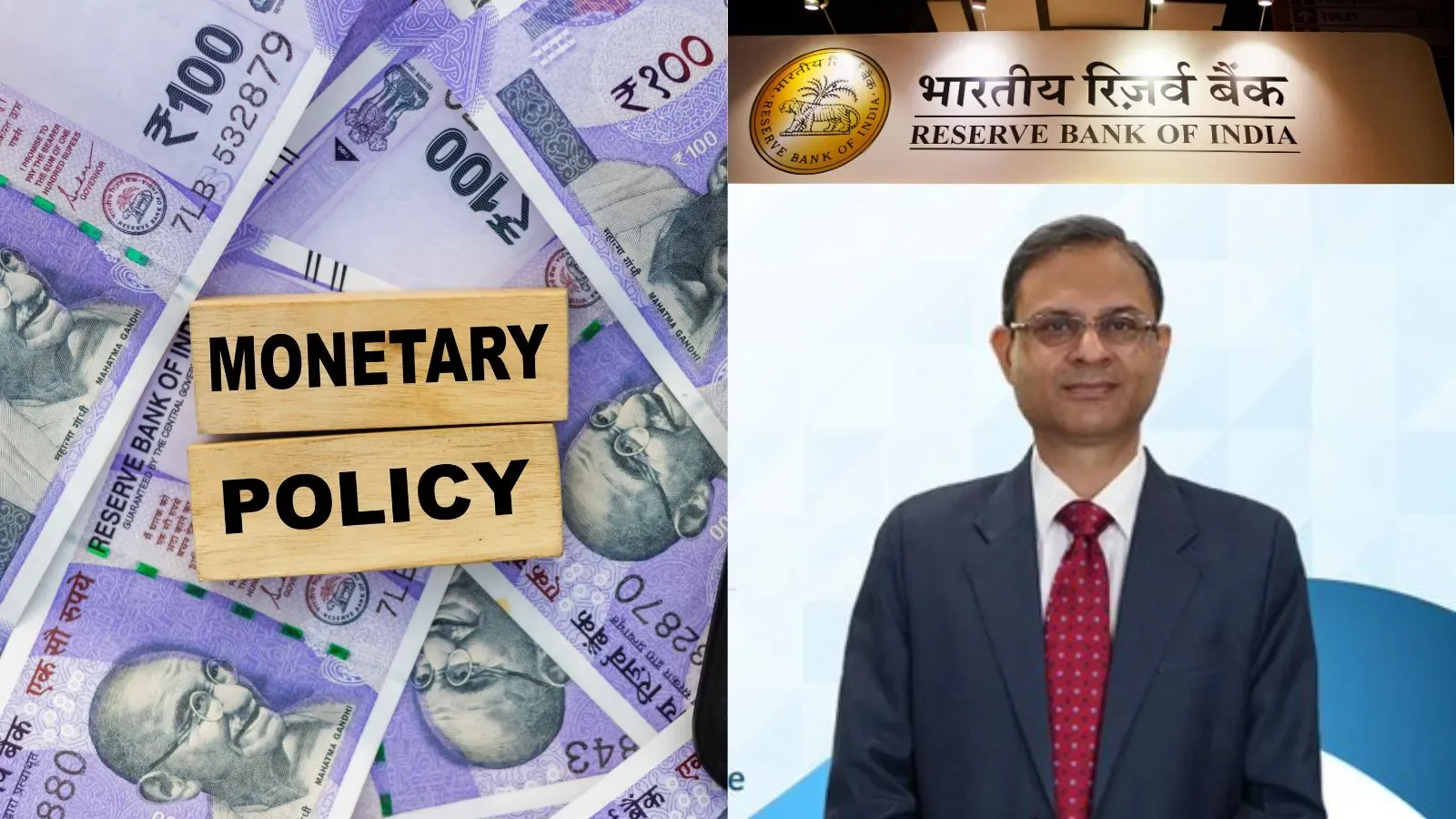Business News
Iran-Israel war: Should India be concerned by Strait of Hormuz closure threat? Here's how it is doing on oil front
.png)
4 min read | Updated on June 22, 2025, 15:11 IST
SUMMARY
India faces limited risk from a potential closure of the Strait of Hormuz despite rising tensions in the Middle East following US strikes on Iran.

Indian refiners are likely to import 2-2.2 million barrels per day of Russian crude oil in June.
Roughly 2 million barrels per day (bpd) of India's total 5.5 million bpd oil imports transit the Strait of Hormuz, the vital chokepoint linking the Persian Gulf with global energy markets.
Yet analysts and government officials say New Delhi has options to manage a short-term disruption.
"Despite repeated threats, Iran has never closed the Strait of Hormuz due to the strategic and economic costs," said Hitesh Jain, Strategist, Institutional Equities Research at Yes Securities.
Why Hormuz matters
The Strait of Hormuz, a narrow maritime passage separating Iran and the Arabian Peninsula, carries nearly a fifth of the world’s oil and gas.
In 2024, average daily shipments through the waterway stood at 20.3 million barrels of crude and 290 million cubic meters of LNG, according to US Energy Information Administration (EIA) data.
Any closure would disrupt shipments from Saudi Arabia, Iraq, the UAE, Kuwait, and Iran.
India, China, Japan, and South Korea together accounted for 67% of crude and condensate exports through Hormuz in 2022 and the first half of 2023.
India’s shifting oil map
Historically reliant on Middle Eastern suppliers, India now draws about 40% of its oil imports from the region, with the rest increasingly sourced from Russia and the United States.
India has ramped up its oil imports from Russia and the United States in June, surpassing purchases from traditional Middle Eastern suppliers, including Iraq, Saudi Arabia, and other Gulf nations, according to Kpler data.
Russian barrels, including Urals, ESPO and Sokol grades, are logistically detached from Hormuz and arrive via alternative sea routes.
Imports from the US also surged to 439,000 bpd in June from 280,000 bpd in May. West African and Latin American crude, though costlier, are seen as viable backups.
India may pivot harder toward the US, Nigeria, Angola, and Brazil, albeit at higher freight costs.
India’s LNG imports are largely immune from Hormuz-related risks. Qatar, the top supplier, routes shipments outside the Strait, while other major LNG exporters to India, including Australia, Russia, and the US, are unaffected by regional disruptions.
What if Hormuz is closed?
Though Iranian officials have periodically threatened closure, a full blockade remains unlikely.
Past flare-ups, including during the 1980s Tanker War and 2019 Gulf ship attacks, failed to halt transit.
Iran in 2018 threatened to shut the Strait of Hormuz when tensions spiked following the US withdrawal from the nuclear deal and the reimposition of sanctions. In 2019, four ships were attacked near the Strait of Hormuz amid heightened tensions between Iran and the United States during Donald Trump's first term. Washington blamed Tehran for the attacks, but Iran denied the allegations.
Analysts at Kpler assign “a very low probability” to a complete shutdown as Iran's reliance on Hormuz for oil exports makes a self-blockade counterproductive.
Also, China, the world’s second-largest economy and the number one importer of Iranian oil, would be directly impacted.
Price implications
Oil prices spiked after Israel’s June 13 strikes on Iranian military and nuclear sites. Brent crude touched $77 per barrel, up 10% from pre-conflict levels. Analysts warn that prices could surge past $90 if the Strait is blocked, even briefly.
Goldman Sachs and Citigroup have projected price surges should geopolitical risks escalate.
Higher oil prices in the near term would shrink the margins that state fuel retailers have accumulated by keeping retail prices steady even when international rates had dropped.
India’s contingency tools
India has strategic oil reserves covering about 9-10 days of imports. Oil Minister Hardeep Singh Puri said on June 13 that supplies remain adequate and alternative options are ready if required.
Jain of Yes Securities said oil markets appear well-supplied, with OPEC's 4 million barrels per day spare capacity and a pre-conflict global surplus of 0.9 million bpd providing a buffer.
Related News
By signing up you agree to Upstox’s Terms & Conditions
About The Author
Next Story


